Tuna fish is an exquisite source of Selenium, vitamins B1, B2 (riboflavin), B3 (niacin), B6 and B12, and also proteins. Besides phosphorus, tuna is also rich in minerals such as potassium, iodine or magnesium. What’s more, tuna is also high in Omega-3 fatty acids.
Recent studies have found that part of the selenium present in tuna fish is in the form of selenoneine, which is an extraordinarily valuable compound, since it also functions as an antioxidant. This form of Selenium plays an important role in maintaining good health in tuna fish, since its antioxidant properties protect its red blood cells from getting damaged. Interestingly, selenium is also able to help bind any piled up mercury compounds in the bodies of fish, thus, lowering the risk of mercury-related problems. Since there are approximately 2-3 milligrams of selenoneine in 100 grams of tuna fish, the valuable antioxidant could also integrate with our body when eating it. Further studies are required, however, to be able to claim this with certainty.
In a more recent study exploring the relation of fish consumption and cardiovascular diseases, researchers came upon an interesting discovery relating to tuna fish. More than 15.000 men and women from the United States participated in the study, that lasted for more than 15 years. Participants’ fish consumption (canned tuna, salmon and sardines, cod and other seafood) had been assessed, and compared with the incidence of a specific cardiovascular disease (atrial fibrillation). This disease means, that electrical impulses in the heart become irregular. Results of the study show, that the regular consumption (2 times a week) of canned tuna, and oily fish, like salmon helps reduce the occurrence of atrial fibrillation. Although we cannot be completely certain that eating these fish is contributing to reducing the risk factors, regular tuna consumption without a doubt plays an important part in the prevention of several cardiovascular problems.
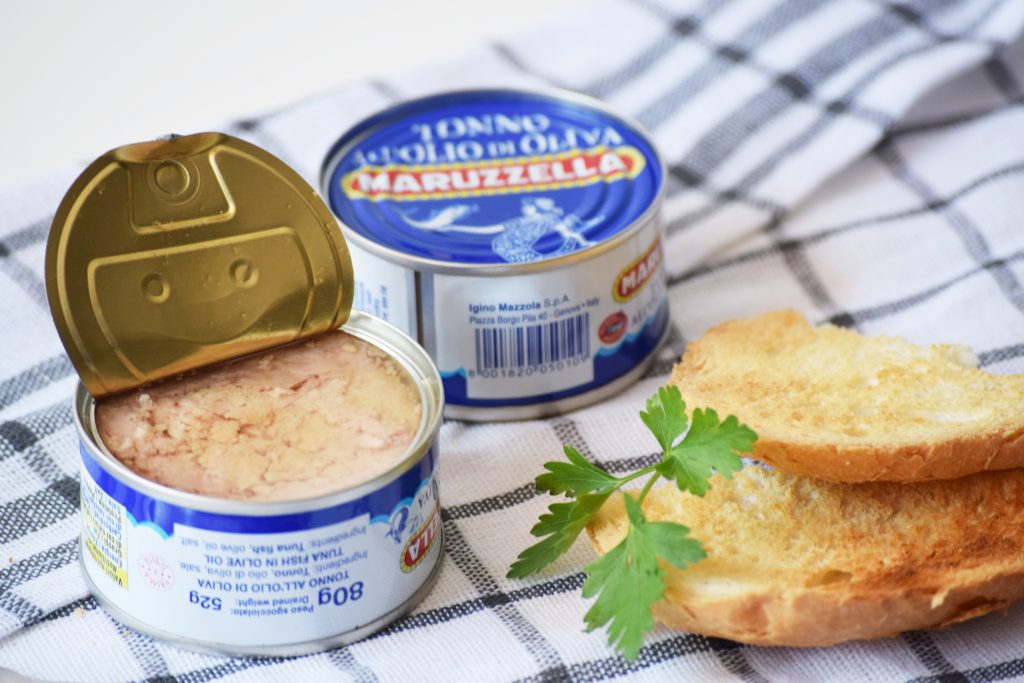
There are several types of tuna fish, each of which have different attributes. The most popular fish are the following:
Albacore (Thunnus alalunga)
The Albacore (longfin) tuna is medium in size and lifespan. Mature specimens can reach 90-120 cm in length, and vary between 6 and 20 kg in weight. Their average lifespan is 9-12 years. Albacore tuna can also referred to as white tuna. It’s widely popular as canned tuna fish, especially in the US.
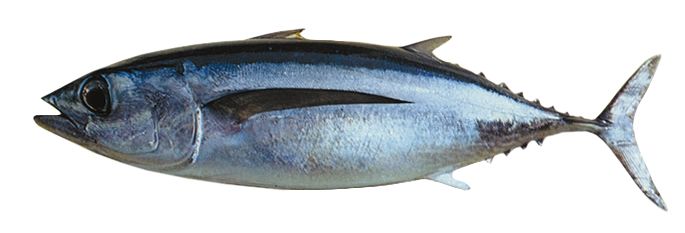
Bigeye(Thunnus obesus)
Although it is somewhat smaller than bluefin tuna, and also has a somewhat shorter average lifespan, Bigeye tuna is still one of the largest breed of tuna fish: it can grow up to 240 cm in length. Bigeye tuna can oftentimes be found in retails by its Hawaiian name, ’ahi’ tuna. Besides yellowfin and bluefin tuna, Bigeye is also regularly used sushi and sashimi fish. In these cases it’s called ’maguro’.

Blackfin (Thunnus atlanticus))
The close relative of the yellowfin does not share its popularity. The atlantic fish has a relatively smaller size, which can vary between 30 and 90 cm. Its weight is usually somewhere between 4 and 10 kg.

Bluefin (Thunnus orientalis, Thunnus thynnus)
Amongst the commercially fished tuna species, bluefin is the largest one. Their weight can reach 400 kg, and their length 4,5 meters! It is widely known, that their average lifespan is around 20 years, but in exceptional cases their age could even reach double the average. Some specimens of Bluefins go on a journey starting in the Gulf of Mexico (where they were born), from where they cross the entire Atlantic Ocean, then live near the shores of Europe, and then finally return to the Gulf of Mexico to breed. Their swimming speed can reach 60-70 kph (around 40 mph)! Bluefin tuna is oftentimes used as sushi or sashimi – in such cases it’s called ’hon maguro’. Because its grand size and long lifespan, the Bluefin tuna has, unfortunately, way higher mercury levels than other breeds.
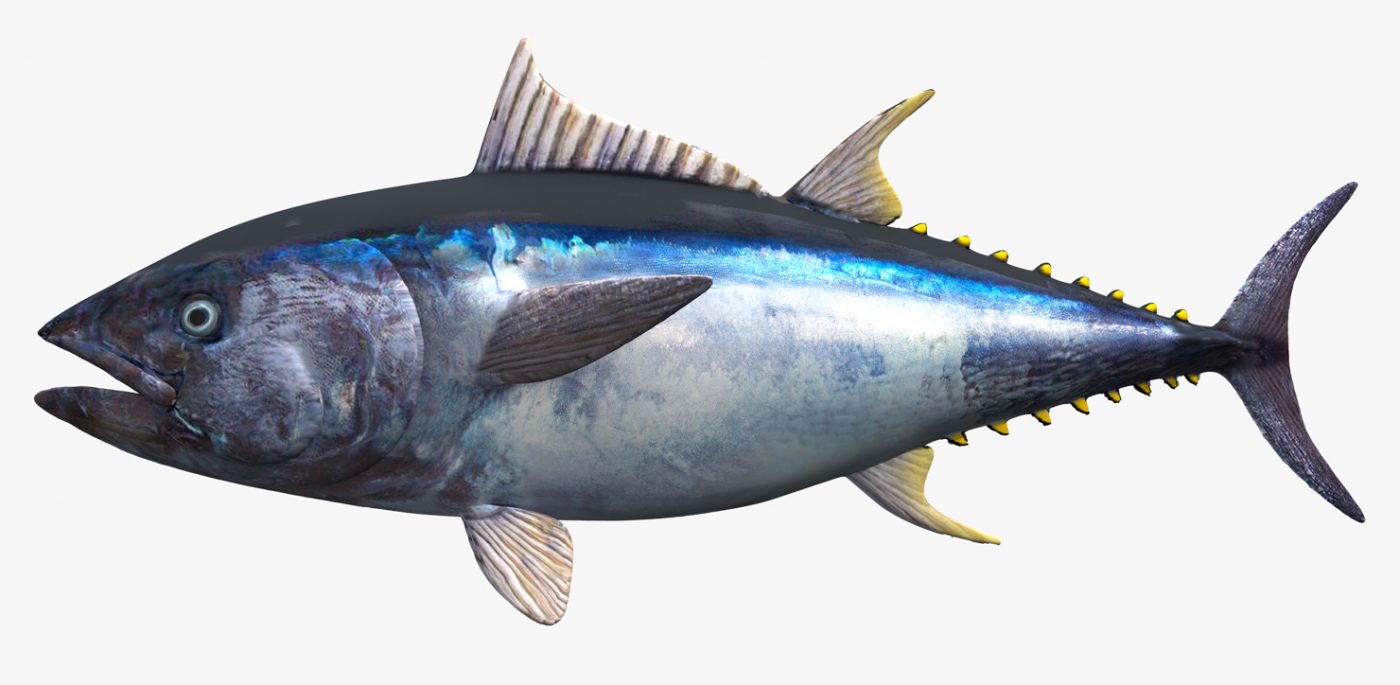
Skipjack (Katsuwonus pelamis)
The Skipjack is frequently used as canned tuna. They are relatively smaller in size, their weight reaches only as many as 2-3 kilograms, and their length rarely goes beyond 60 cm. Their lifespan is also shorter than that of other tuna fish. They live for an average of 2-3 years. Thanks to these attributes, the Skipjack has the lowest levels of mercury of all tuna fish.
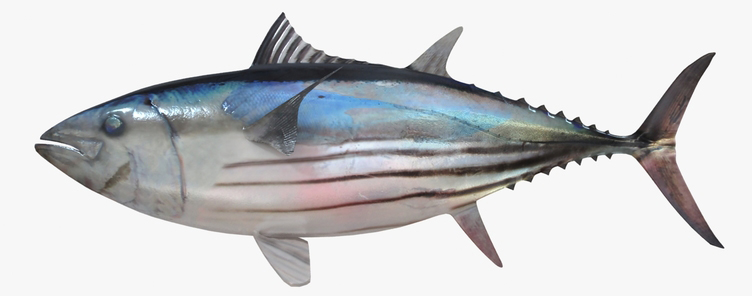
Longtail (Thunnus tonggol)
The Longtail, contradictory to other species of tuna does not migrate much in its life. They mainly inhabit the Indian Ocean, and the western parts of the Pacific. They are smaller in size, and weigh approximately 4-5.5 kilograms. Their length varies between 30 and 90 cm. Because of its size and habitat, the Longtail tuna has fairly low levels of mercury, even if not as low as the Skipjack.

Yellowfin (Thunnus albacares)
This species counts as medium sized among all tuna: their length is overwhelmingly between 30 and 60 cm, but they can sometimes grow to 1.5 meters, very rarely even longer. Smaller specimens weigh between 4 and 5.5 kilograms, bigger ones between 18 and 27 kilograms. They grow relatively fast, and their lifespan varies between 4 and 8 years. Because of their inconsistent size, mercury levels of the specimens can greatly vary – smaller, younger fish have lower levels than bigger ones.
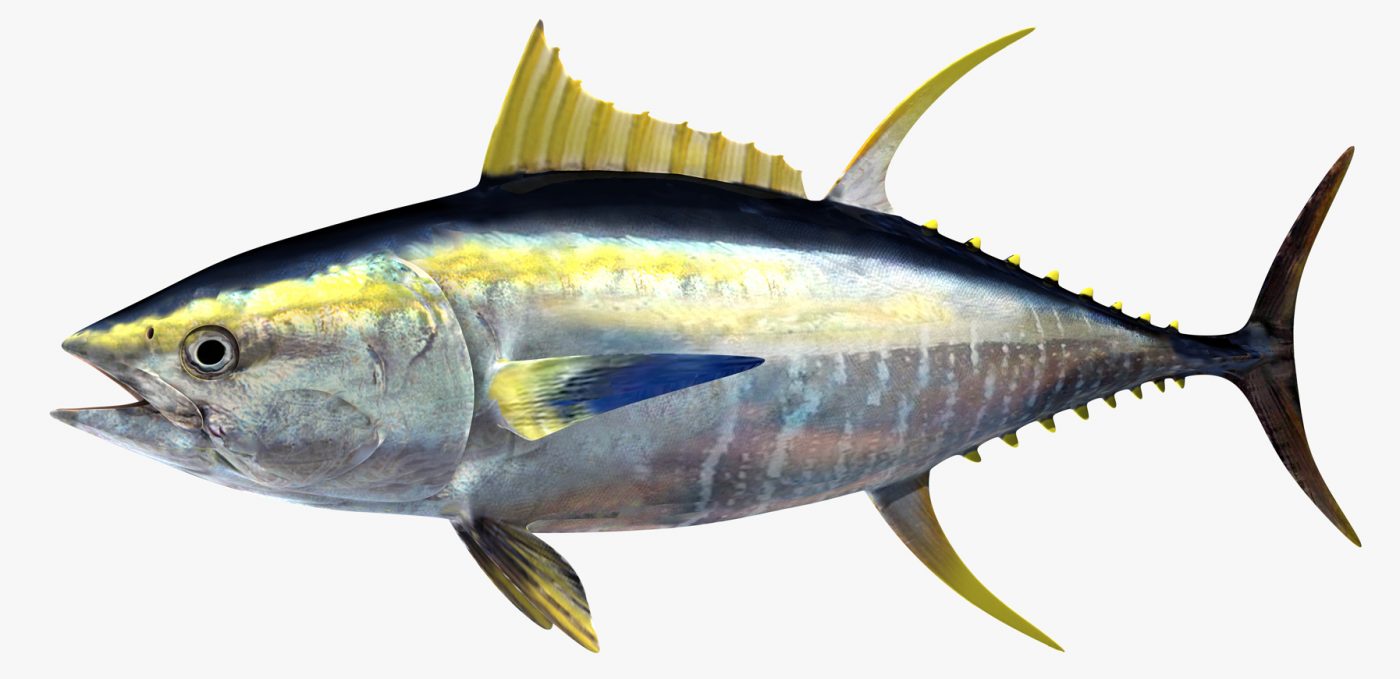
Tudtad? Közelmúltban végzett kutatások alapján úgy tűnik, a magasabb zsírtartalmú tonhalak higanytartalma alacsonyabb! Milyen tonhalat érdemes tehát választani, ha a minimális higanytartalomra törekedsz?
- Smaller sized species, with lower expected lifespans, like the Skipjack or the Longtail tuna, your ideal choice would be the Skipjack, though. You can find the Skipjack in the The Queen of the Coast tuna salad, for example.
- Choose tuna that has as high a fat content as possible – with canned tuna, you can learn how fatty yours is by checking the nutritional table on the can.
